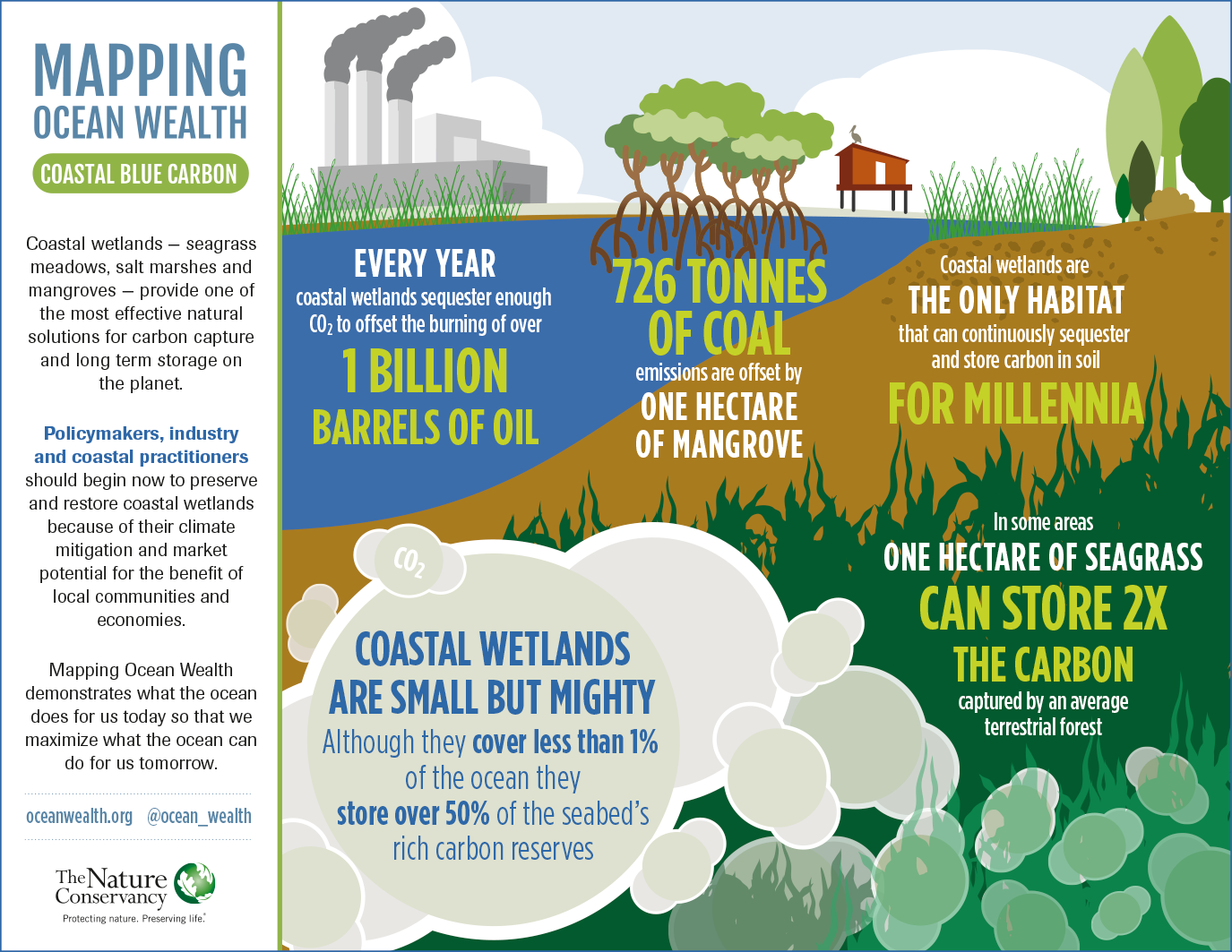

And that could be just the start.īut others are watching the trend with anxiety, noting that the vast majority of CCS projects thus far have given oil companies incentive to pump out more oil, leading to an increase in net emissions. In 2021, there was a huge bump up in planned CCS projects globally: If all go ahead, carbon capture will almost quadruple. Thanks to rising carbon prices in Europe, tax breaks for CCS in the United States, national net-zero targets, and the accelerating urgency to ramp down global emissions, CCS is seeing new enthusiasm - including among a new breed of clients in hard-to-abate industries. With projects like Northern Lights coming online, this is starting to change. As of mid-2021, there were only about 30 large-scale projects in operation around the world, locking away around 40 million tons annually - just 0.1 percent of global emissions. But CCS has for a long time been extremely limited globally - mainly because it’s an expensive endeavor with no salable product. The Norwegian state-owned oil company Equinor (formerly Statoil) has been doing carbon capture and storage (CCS) for decades, holing away about a million tons per year. The idea of capturing CO2 emissions from industry and locking them away underground is hardly new. The new breed of trash collector is on track for a 2024 start up - and hopes to eventually ramp up to receive 7 million metric tons of CO2 a year. The project will be the first in Europe designed to collect greenhouse garbage from a swath of industrial customers, from cement manufacturers to waste-to-energy plants, and ship it out for burial at sea. This summer, the Norwegian company Northern Lights will be drilling a second well line into an aquifer some 8,500 feet below the seafloor, getting it ready to receive liquefied waste CO2.


 0 kommentar(er)
0 kommentar(er)
